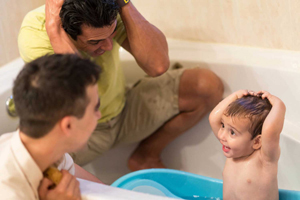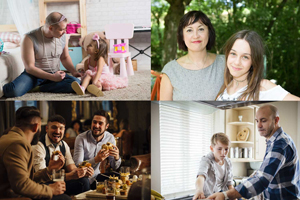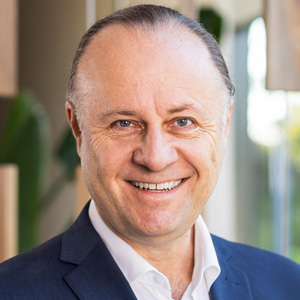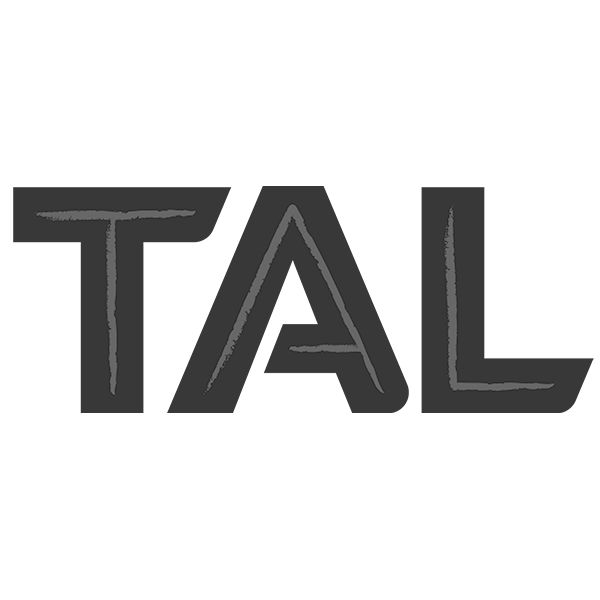Ever wonder who can make emergency medical decisions for you when you can’t?
Most adults are presumed to have the needed mental capacity to give consent themselves. But what happens when you can’t make decisions for yourself?
Though you may have a large circle of friends, emergencies demand a certain kind of relationship.
Being to answer this question will probably make you stop and consider the quality of your key relationships and whether you have the right legal documents in play today, as part of your backup plan.
The person 'next in line to make decisions' for you is often referred to as the person responsible and it might not be your next of kin.
If you're in NSW, following this hierarchy list of people is a requirement of the Guardianship Act 1987 (NSW). But did you know Australia has eight different Guardianships Acts in place, each with a slightly different interpretation?
Who is your person responsible?
It depends on where they are on the hierarchy list of people. You might be surprised (and maybe a little shocked) who actually has the power to make decisions on your behalf.
A person responsible is not necessarily a persons next of kin or carer.
In NSW Section 33A(4) of the Guardianship Act 1987 sets the hierarchy of people who can be the person responsible.
A person responsible is one of the following people in order of priority.
- Guardian - an appointed guardian (including enduring guardian) who has been given the right to consent to medical and dental treatment. If this person is not available then-
- Spouse or partner – if there is no guardian, a spouse, de-facto spouse or partner where there is a close continuing relationship. If this person is not available then-
- Carer – if there is no spouse or partner, an unpaid carer who provides or arranges for domestic support on a regular basis. If this person is not available then-
- Relative or friend – if there is no carer, a friend or a relative who has a close personal relationship, frequent personal contact and a personal interest in the person's welfare, on an unpaid basis.
Caution for de-facto and LGBT couples
The problem
This set hierarchy list of people can create problems for de-facto couples and LGBTI people who may be together but living apart (TLA) when biological family members who either, do not recognise the relationship, or even know of its existence. Additionally, some families may seek to exclude the partner of their LGBTQIA+ child or sibling from all medical decisions about their loved one.
The solution
The solution for non-married LGBTI or de-facto partners is to each make a legal document formally granting the power of the responsible person, to someone of their own choosing, rather than leaving it to medical staff and estranged biological family members to try and sort out under the stress of a medical emergency.
The specials rights of a person responsible
If you are the nominated person responsible for someone who cannot make decisions for themselves, you have a right and a responsibility to know and understand:
- what the proposed treatment is
- what the risks and alternatives are, and
- you can say “yes” or “no” to the proposed treatment and you can seek a second opinion
Are there things a person responsible cannot do?
A person responsible cannot consent to:
- Special medical treatments like sterilization operations, pregnancy terminations and experimental treatments
- Treatment if the patient objects to the treatment.
If you’re in this situation you can get more information from ncat.nsw.gov.au or the relevant government department in your own Australian state.






























